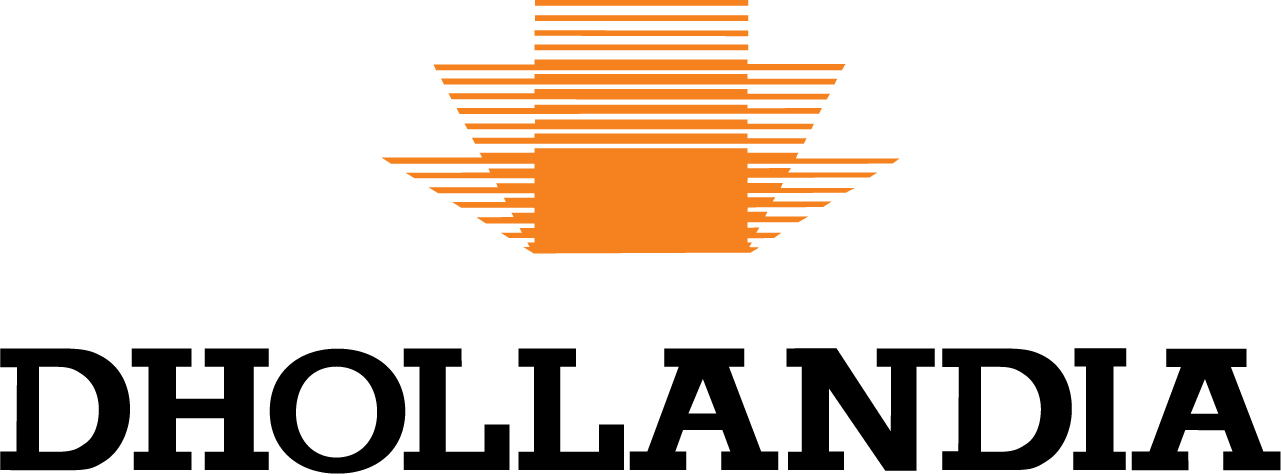
Optimising Delivery Routes with Van Lifts
Van lifts are transforming the way logistics companies approach last-mile delivery by improving efficiency, safety, and cost management. Incorporating van lifts into delivery operations allows businesses to handle heavy, bulky, or fragile items more effectively, reduce manual handling risks, and maintain consistent delivery schedules. Proper integration of van lifts into route planning can enhance both urban and rural operations, ensuring faster and safer deliveries across all types of routes.
To fully leverage the benefits of van lifts, companies must consider multiple factors including lift capacity, loading/unloading speed, maintenance schedules, and energy consumption. Strategic planning combined with fleet management software and data analytics enables businesses to optimise routes, reduce operational downtime, and improve overall performance. This approach not only streamlines daily operations but also positions companies to meet evolving customer expectations in a competitive logistics landscape.
Integrating Lift Constraints into Route Planning
Effective route planning must account for the operational characteristics of van lifts. Factors such as load capacity and unloading speed influence how many stops a van can efficiently make and the overall delivery duration. Heavier deliveries may require specific locations with adequate unloading space, impacting the sequence and timing of deliveries.
Research indicates that grouping deliveries with similar routes or load types can improve efficiency by reducing unnecessary trips and optimising vehicle capacity. Structured warehouse operations, pre-loading of items based on delivery sequence, and proper handling techniques support quicker turnarounds and maximise lift utilisation, enhancing route efficiency and reducing costs.
Enhancing Time Efficiency Through Lift Management
The time spent operating van lifts directly affects total delivery time. Minimising idle lift time through careful sequencing of stops, pre-planned loading and unloading procedures, and real-time monitoring of lift operations can significantly reduce dwell time. Efficient lift management ensures deliveries stay on schedule and operational performance improves across the fleet.
Dynamic scheduling tools further enhance lift efficiency by adapting routes in real-time to account for traffic, lift availability, and unforeseen delays. Businesses that integrate such tools with van lifts can achieve more reliable service, faster turnaround times, and improved customer satisfaction.
Urban vs. Rural Delivery Considerations
Urban deliveries are often constrained by limited parking, congestion, and restricted unloading areas. Van lifts must be operated carefully to navigate these challenges, requiring precise planning and adherence to delivery time windows to maintain efficiency.
In contrast, rural deliveries often involve longer distances between stops and less predictable road conditions. Vehicles must be prepared for a variety of terrains, and van lifts need to function reliably under these conditions. Studies show that rural deliveries frequently require careful consideration of vehicle utilisation and maintenance planning due to higher operational demands per trip.
Sequencing Deliveries Based on Load Characteristics
Organising deliveries by weight, size, and fragility can optimise the use of van lifts. Loading heavier items first allows easier access and safer handling, while grouping stops with similar lift requirements improves overall efficiency.
Effective load planning reduces overhead costs, improves vehicle capacity, and allows for timely deliveries. Considerations such as driver schedules, vehicle capacity, and delivery time windows contribute to maximising the benefits of van lifts in daily operations.
Integrating Van Lifts with Fleet Management Software
Modern fleet management platforms can integrate van lift operations into real-time route planning. By providing insights into operational status and maintenance schedules, these platforms allow for dynamic adjustments to minimise downtime and improve efficiency.
Fleet management systems enhance decision-making through real-time analytics, automate manual processes, and improve driver safety. Incorporating van lifts into such systems ensures that lift-dependent deliveries are monitored and managed effectively, leading to better route execution and cost control.
Accounting for Lift Maintenance and Reliability
Proper maintenance of van lifts is essential to prevent breakdowns that could disrupt delivery schedules. By incorporating lift maintenance schedules into planning, companies can proactively manage risk, ensuring that vans remain reliable and operational.
Regular inspections, preventive servicing, and immediate repairs when needed help maintain lift performance. Maintenance planning should also consider vehicle mileage, frequency of use, and lift type to schedule service at optimal times without affecting delivery commitments.
- Schedule preventive maintenance checks based on lift usage
- Track lift operating hours to anticipate wear and tear
- Maintain a log of minor repairs to prevent escalation
- Train drivers to perform pre-use lift inspections
- Keep spare parts inventory for critical lift components
Integrating these steps into daily operations minimises unexpected downtime, reduces repair costs, and enhances fleet reliability. Companies that systematically manage van lift maintenance can maintain consistent delivery performance, particularly for high-demand urban and rural routes.
Optimising Energy Consumption and Costs
Van lifts, particularly in electric vehicles, influence energy consumption and operational costs. Careful route planning that minimises unnecessary lift operations can significantly reduce energy use and improve overall sustainability.
Energy-efficient lift operation also considers driver behaviour, terrain, and vehicle load. Implementing practices that reduce idle lift time, optimise stop sequences, and group similar deliveries together further lowers energy expenditure while maintaining delivery schedules.
Ensuring Safety and Compliance
Ensuring safe operation of van lifts is critical for both staff and public safety. Route planning must consider safe spaces for lift deployment, load limitations, and compliance with local regulations. Failing to account for these factors can lead to accidents or legal repercussions.
Training drivers and personnel in proper lift operation procedures is equally important. Understanding load handling, ensuring the vehicle is on level ground, and providing adequate space for pedestrians and wheelchair users are key practices.
- Verify safe lift operation zones at delivery points
- Ensure compliance with local unloading and load regulations
- Provide driver and staff training on lift safety
- Maintain equipment logs and safety checklists
- Implement emergency procedures for lift malfunctions
By embedding these safety measures into daily operations, companies can reduce accidents, improve efficiency, and ensure legal compliance. Consistent safety practices enhance customer trust and reinforce operational reliability.
Optimising Last-Mile Deliveries
Van lifts are particularly critical in last-mile deliveries where access is limited, such as high-rise buildings or warehouse loading docks. Strategic planning ensures that lift usage is maximised and delivery efficiency remains high.
Emerging technologies, including autonomous delivery vehicles and robotics, are being tested to complement van lifts in last-mile logistics. These solutions can help manage high volumes and optimise delivery sequences, reducing reliance on manual intervention while maintaining efficiency and safety.
Monitoring Performance Through Data Analytics
Collecting and analysing van lift operation data provides insights into efficiency and potential bottlenecks. Businesses can track lift usage, stop durations, and service reliability to refine future delivery planning.
Data-driven performance monitoring enables continuous improvement and informed decision-making. By identifying patterns in lift usage, fleet managers can adjust routes, reduce idle times, and improve overall service quality.
- Track lift operation duration for each stop
- Monitor frequency of lift malfunctions or repairs
- Analyse delivery sequence efficiency
- Compare energy consumption across routes
- Use historical data to predict peak usage periods
Utilising these insights supports strategic planning, enhances operational efficiency, and ensures van lifts are used optimally across all routes. Companies that leverage analytics can proactively manage their fleet and reduce delivery inefficiencies.
A Strategic Advantage
Van lifts provide a strategic advantage in modern logistics by improving efficiency, safety, and operational reliability. Integrating van lifts into route planning, fleet management systems, and maintenance schedules ensures smoother last-mile deliveries and cost-effective operations.
By monitoring performance, optimising energy use, and adhering to safety regulations, businesses can fully leverage the benefits of van lifts. If you want to enhance your delivery operations with high-quality van lifts, we invite you to contact Dhollandia SA. We are ready to help you implement solutions tailored to your specific needs and operational challenges.
